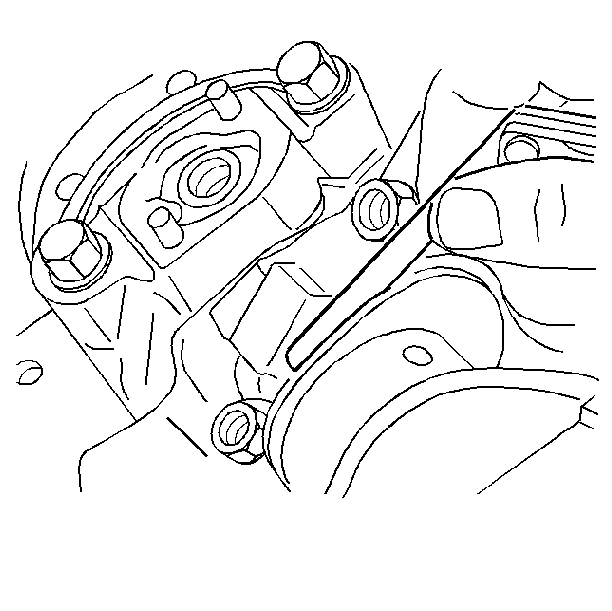Tools Required
| • | J 5239 Connecting Rod Bolt Guide Set |
| • | J 8037 Ring Compressor |
| • | J 8087 Cylinder Bore Gage |
| • | J 45059 Angle Meter |
Important: Some 4.3L engines produced in late 2006 came equipped with powdered metal connecting rods. The powdered metal connecting rods are fractured at the connecting rod/rod bearing cap mating area, as apposed to forged connecting rods/rod bearing caps that are machined. The powdered metal connecting rods and rod bearing caps are NOT interchangeable, and must be assembled with the mating surfaces properly oriented and aligned. With a powdered metal connecting rod, the piston, pin, and connecting rod are to be serviced as an assembly.
Piston Selection
- Use the J 8087 in order to measure the cylinder bore diameter. Measure at a point 64 mm (2.5 in) from the top of the cylinder bore and 90 degrees to the crankshaft centerline.
- Measure the J 8087 with a micrometer and record the reading.
- With a micrometer or caliper at a right angle to the piston pin bore, measure the piston 11 mm (0.433 in) from the bottom of the skirt.
- Subtract the piston diameter from the cylinder bore diameter in order to determine piston-to-bore clearance. Refer to Engine Mechanical Specifications.
- If the proper clearance cannot be obtained, then select another piston and measure the clearances.
- When the piston-to-cylinder bore clearance is within specifications, permanently mark the top of the piston for installation into the proper cylinder.
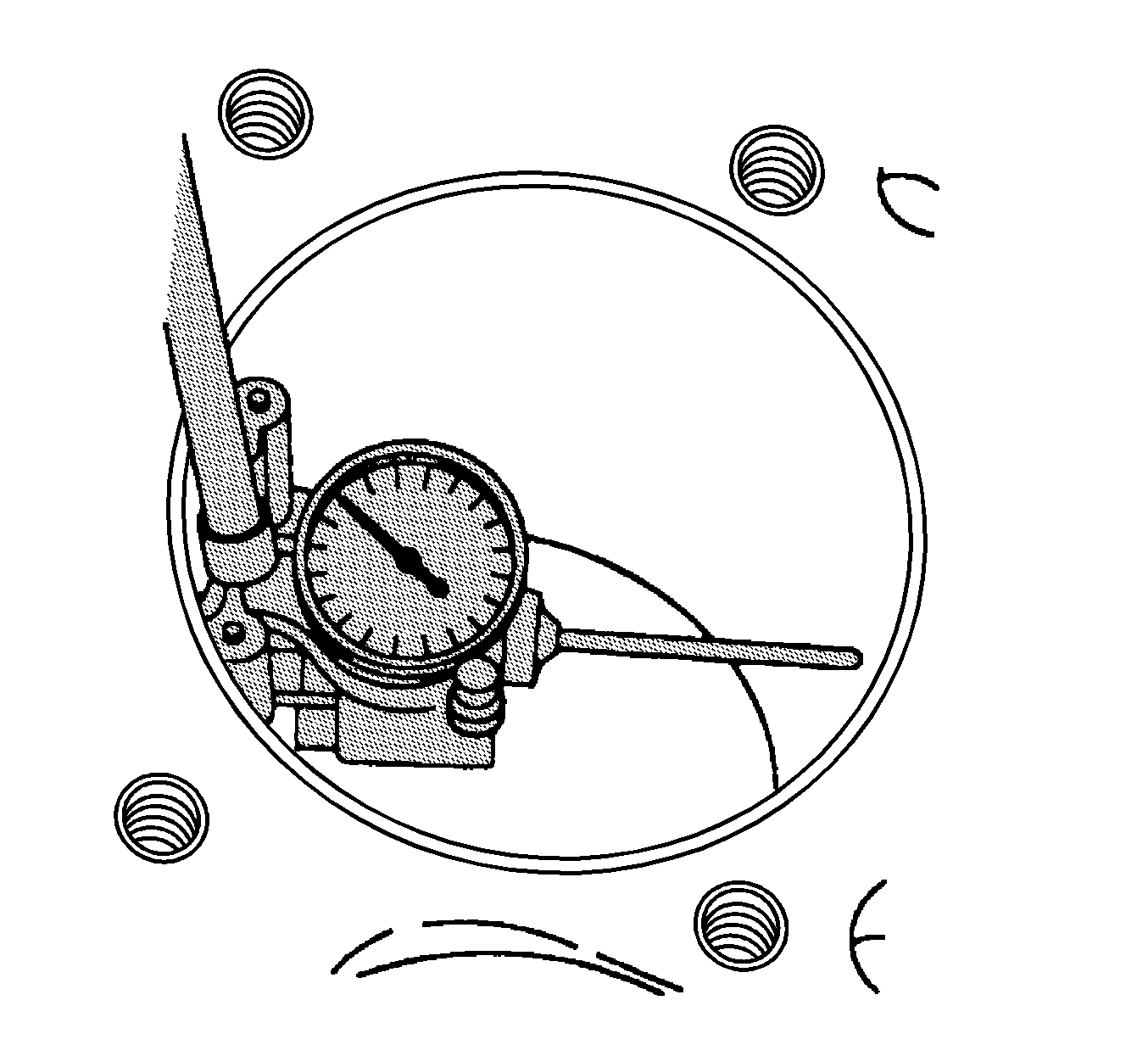
Important: Measurements of all components should be taken with the components at normal room temperature.
For proper piston fit, the engine block cylinder bores should not have excessive wear or taper. A used piston and piston pin set may be reinstalled if, after cleaning and inspection, the piston and piston pin are within specifications.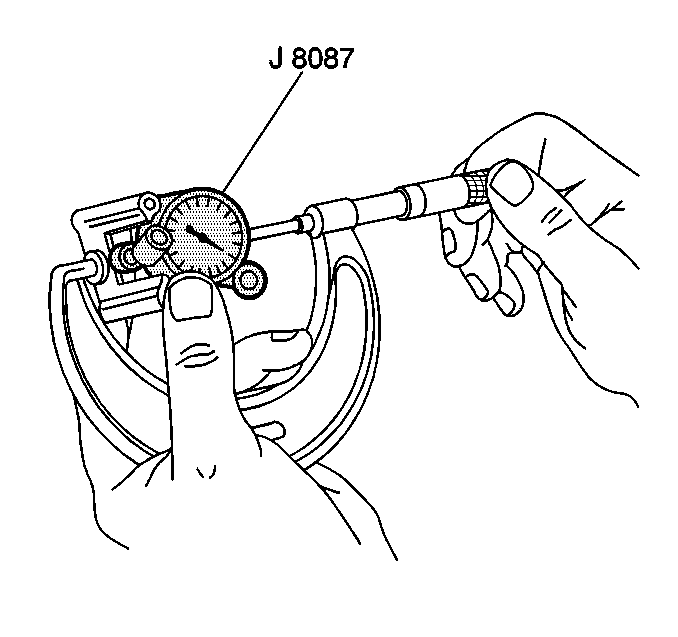
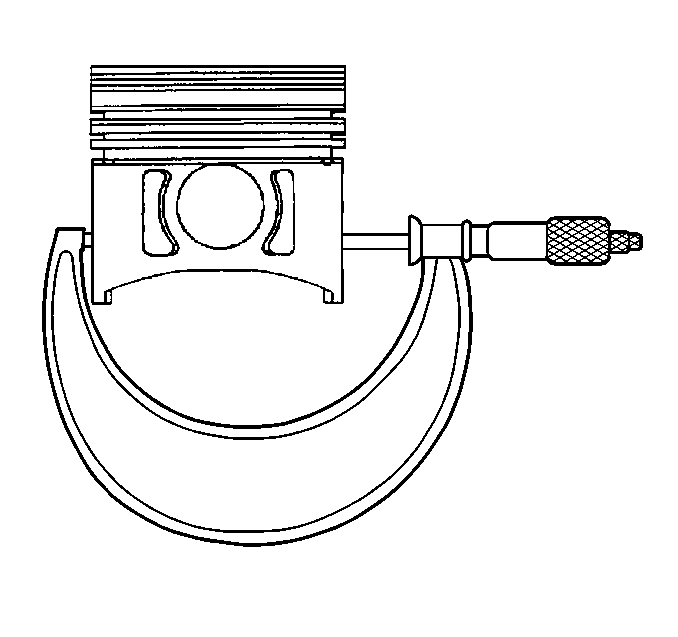
If the proper fit cannot be obtained, the cylinder bore may require honing or boring.
Installation Procedure
- Apply clean engine oil to the following components:
- If equipped with forged connecting rods, install the J 5239 onto the connecting rod bolts.
- Install the J 8037 onto the piston and compress the piston rings.
- Install the piston and connecting rod assembly, and the J 8037 into the proper cylinder bore.
- Use the J 8037 and the J 5239 and lightly tap the top of the piston with a wooden hammer handle.
- If necessary, remove the J 5239 .
- If equipped with powdered metal connecting rods, install the connecting rod bearing, cap, and bolts.
- Install the connecting rod bearing, cap, and nuts.
- Tighten the bolts evenly on the first pass to 20 N·m (15 lb ft).
- Use the J 45059 in order to tighten the bolts on the final pass an additional 100 degrees.
- Tighten the nuts evenly on the first pass to 27 N·m (20 lb ft).
- Use the J 45059 in order to tighten the nuts on the final pass an additional 70 degrees.
- After the piston and connecting rod assemblies have been installed, lightly tap each connecting rod assembly, parallel to the crankpin, in order to ensure that the connecting rods have side clearance.
- Use a feeler gage or a dial indicator to measure the connecting rod side clearance between the connecting rod caps. The connecting rod side clearance should be 0.15-0.44 mm (0.006-0.017 in).
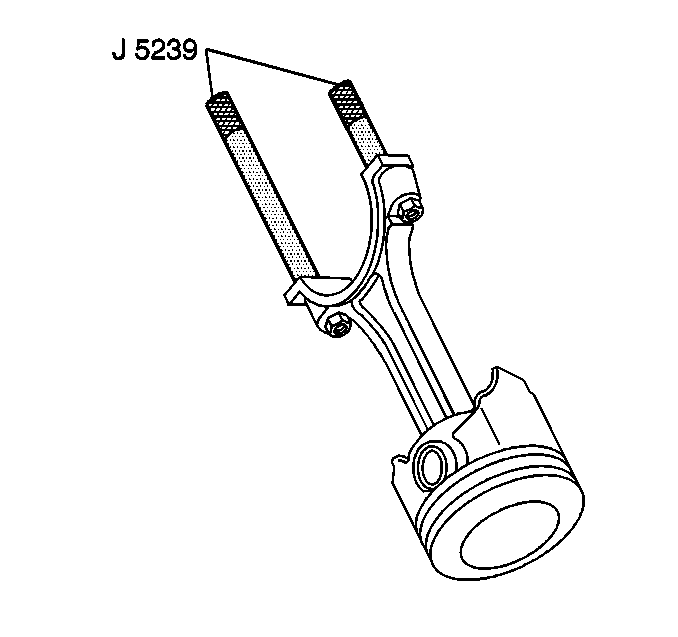
| • | The piston |
| • | The piston rings |
| • | The cylinder bore |
| • | The bearing surfaces |
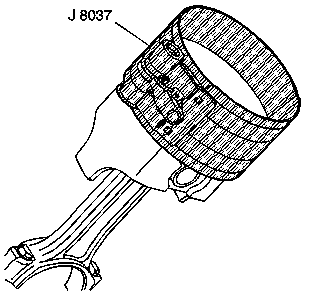
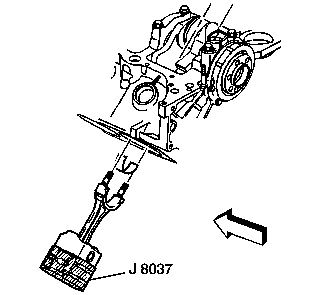
Important: When assembled, the reference mark on the top of the piston must face the front of the engine block. Use caution when installing the piston into the cylinder so as not to damage the crankshaft journals or cylinder bore.

| 5.1. | Hold the J 8037 firmly against the engine block until all of the piston rings have entered the cylinder bore. |
| 5.2. | If equipped with forged connecting rods, use the J 5239 in order to guide the connecting rod onto the crankshaft journal. |

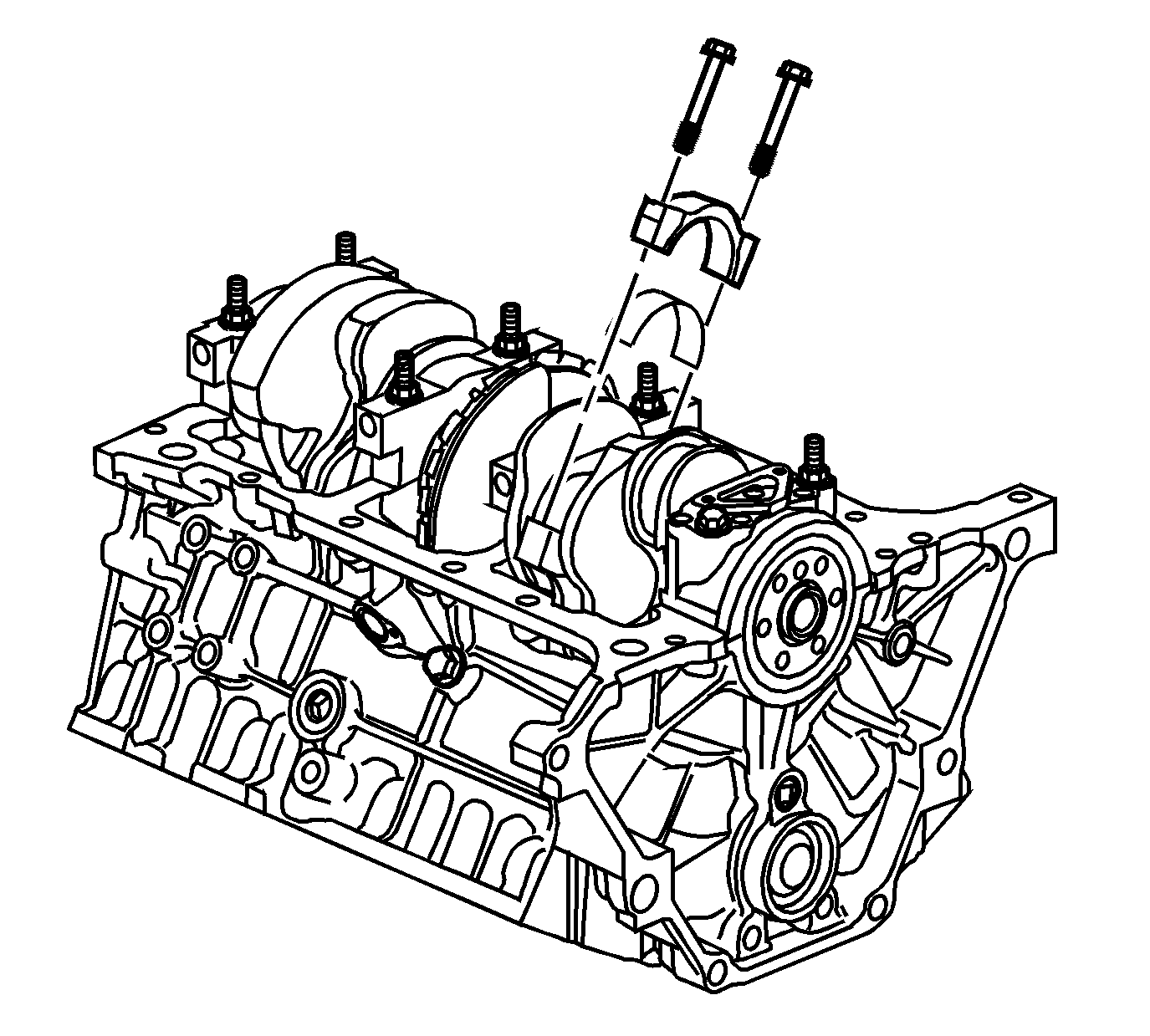
Important: The connecting rods and rod bearing caps are NOT interchangeable. Reference the match marks on the connecting rods and the connecting rod bearing caps that were made in the removal procedure to ensure that they are assembled in their original position and direction, with the connecting rod/rod bearing cap mating surfaces properly oriented and aligned.
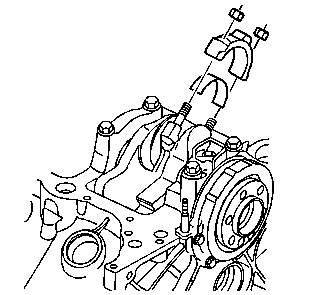
Notice: Use the correct fastener in the correct location. Replacement fasteners must be the correct part number for that application. Fasteners requiring replacement or fasteners requiring the use of thread locking compound or sealant are identified in the service procedure. Do not use paints, lubricants, or corrosion inhibitors on fasteners or fastener joint surfaces unless specified. These coatings affect fastener torque and joint clamping force and may damage the fastener. Use the correct tightening sequence and specifications when installing fasteners in order to avoid damage to parts and systems.
If equipped with powdered metal connecting rods, use the following specification:
Tighten
If equipped with the forged connecting rods, use the following specification:
Tighten
